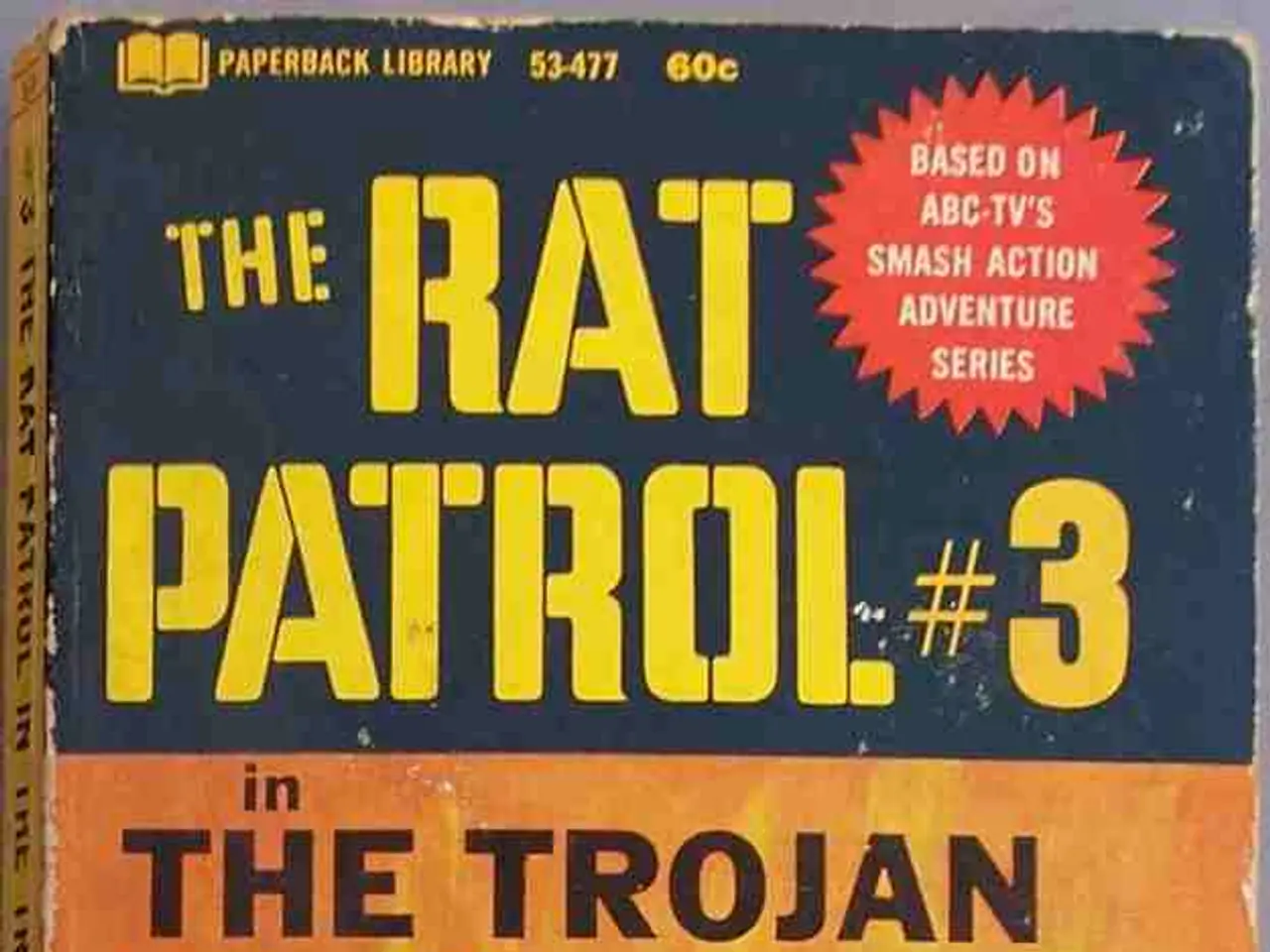The Ascent and Disintegration of a Utopian Delusion
In 1957, the Gaither Committee, a group of prominent American academics and military leaders, released a report titled Deterrence & Survival in the Nuclear Age. The report aimed to provide a realistic assessment of the weapons of mass destruction problem in the face of a growing Soviet threat.
The Gaither Report highlighted the urgent need to strengthen U.S. nuclear deterrence and civil defense. It emphasized that the USSR was rapidly expanding its nuclear and missile capabilities, creating a significant "missile gap" that threatened U.S. security. To counter this, the report recommended both active defense measures such as improving early warning systems, enhancing Strategic Air Command capabilities, and missile defense systems.
However, the report stressed that active defense alone was insufficient. Substantial investments in passive defense, like fallout shelters, civil defense preparations, and reinforcing critical infrastructure, were vital to protect the civilian population in case of a nuclear attack. The report called for the creation of a nationwide network of fallout shelters and enhanced civil defense, highlighting the gravity of surviving nuclear war's aftermath.
Despite the report's urgency, its recommendations met wary reception. President Dwight D. Eisenhower and Secretary of State John Foster Dulles reportedly reacted with alarm to the apocalyptic tone of the report, dubbing it the "unstable equilibrium" because of its gloomy predictions. Eisenhower’s administration was cautious about fully endorsing the report’s recommendations, especially civil defense expenditures, partly due to concerns about public panic and political implications.
The Gaither Report ignited controversy over the perceived Soviet missile superiority, influencing public and policy debates on nuclear strategy during the late 1950s. However, it did not lead to immediate sweeping changes in deterrence policy.
In his Farewell Address, Eisenhower warned against the acquisition of unwarranted influence by the military-industrial complex and the danger posed by nuclear and biological weaponry from the communist bloc. He rejected the key points of the Gaither Report, preferring a vision of achieving a bloodless victory against Soviet communism through the construction of shopping malls and freeways.
The suggestion of patriotic education for high school students and the idea that the U.S. lost the Cold War due to self-indulgence and self-delusion remain controversial topics, with academics or literary persons who suggest these ideas potentially facing career consequences.
In recent years, the Gaither Report's suggestion of fallout shelters has been viewed as absurd, while the question of why writers focus more on threats of biological war rather than counter-strategies has been a topic of discussion among readers. There has also been an anthrax scare since the Cold War, and the left is said to prevent a consensus on problems, making discussions of solutions difficult.
In summary, the Gaither Report underscored the dual approach of deterrence through overwhelming retaliatory power and survival via civil defense. However, its dire conclusions met wary reception, and its recommendations were not fully implemented during Eisenhower's presidency. The legacy of the Gaither Report continues to be debated today, with some viewing it as a cautionary tale and others as a blueprint for nuclear strategy.
[1] Deterrence and Survival in the Nuclear Age, Gaither Committee (1957) [2] The Cold War: A New History, John Lewis Gaddis (2005) [3] The Gaither Report: A Call to Arms, The New York Times (1957) [4] The Gaither Report and the Politics of Nuclear Strategy, International Security (1984)
- The Gaither Report, released in 1957, emphasized the need for a strong military defense against China and Russia during the Cold War.
- The report warned of growing communist threats and the urgent need to strengthen American nuclear deterrence.
- This report highlighted the expansion of China and Russia's nuclear and missile capabilities, creating a significant "missile gap."
- To counter the threat, the report recommended active defense measures such as improving early warning systems and enhancing Strategic Air Command capabilities.
- However, the report also stressed the importance of passive defense, like fallout shelters and civil defense preparations.
- President Eisenhower and Secretary of State John Foster Dulles were initially wary of the report's apocalyptic tone, causing it to meet a cautious reception.
- Despite the controversy, the Gaither Report influenced nuclear strategy debates of the late 1950s but did not lead to immediate changes in deterrence policy.
- In his Farewell Address, President Eisenhower warned against the influence of the military-industrial complex and the dangers of biological weaponry from the communist bloc.
- The Gaither Report continues to be debated today, with some viewing it as a cautionary tale and others as a blueprint for nuclear strategy.
- The suggestion of patriotic education and the idea that the U.S. lost the Cold War due to self-indulgence remain controversial topics, with academics potentially facing career consequences.
- In recent years, the Gaither Report's suggestion of fallout shelters has been seen as absurd, and the question of why writers focus on threats rather than counter-strategies has been discussed.
- There has also been a debate about the left preventing a consensus on problems, making discussions of solutions challenging, as seen in the anthrax scare since the Cold War.




